5 Ways to Put Fall Leaves to Work in Your Garden
http://decor-ideas.org 11/11/2013 00:40 Decor Ideas
In fall my town holds leaf collection days, when homeowners (or their landscape services) blow or rake fallen leaves off their properties into big piles in the streets. Later a truck comes and vacuums them away. What I see being vacuumed up are dollar bills, the money these homeowners will spend next year on lawn and garden fertilizers, mulch and bagged compost. Money they might have saved if they’d simply used those leaves in their gardens.
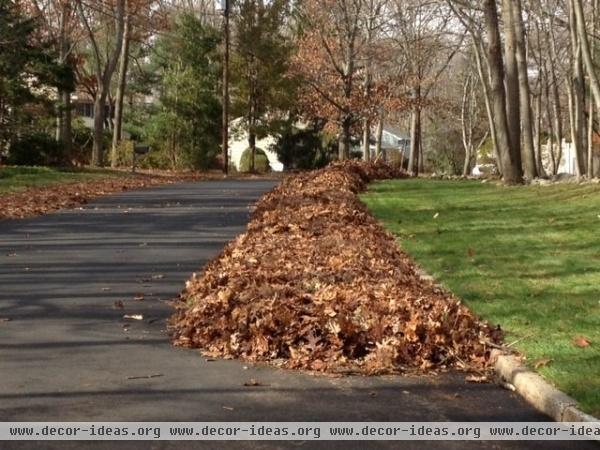
Why are leaves valuable to the gardener? It’s simple. When incorporated into soil, fall leaves:
Add nutrients, including phosphorous and potassiumIncrease the soil’s microbial life Boost its water-holding capacity Improve its structure, known as tilth And did I mention that leaves are free? It takes little effort on your part to get them working for you, so instead of sweeping them to the curb, here are five ways to use leaves in your garden.
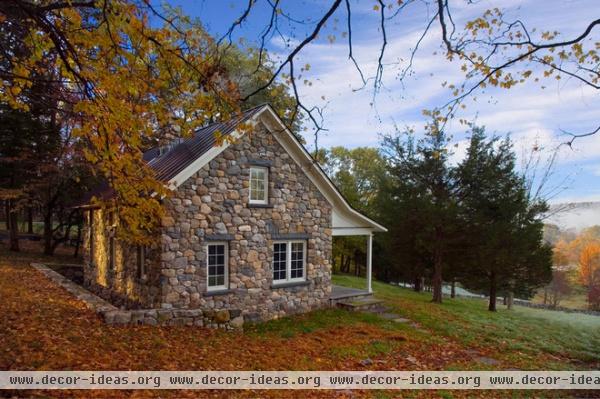
1. Mow them into the lawn. Together, shredded leaves and grass clippings add carbon (leaves) and nitrogen (grass) to the soil, reducing your need to add store-bought fertilizers later.
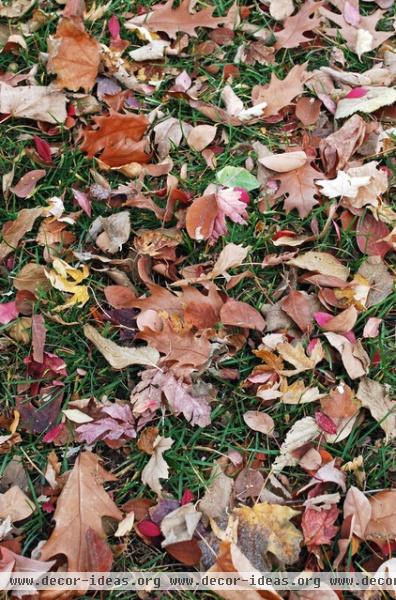
Here’s how: Use a mulching mower. If there’s a bag, take it off and mow with the discharge chute facing toward the lawn, so the clippings blow on the grass instead of on the street or driveway. Set the mower height at about 3 inches. Make another pass if the leaves are still in big pieces. The shredded leaves should sit no more than ¾ inch deep on the grass. Over the winter they will break down into the soil and be gone by spring.
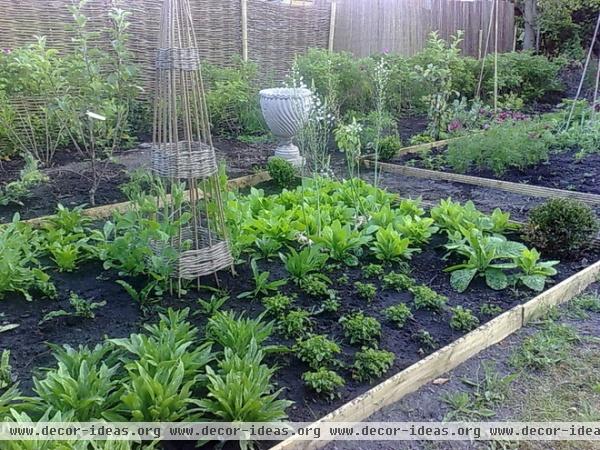
2. Add them to vegetable beds. You can incorporate whole or chopped leaves into any cleared-out vegetable beds. They will mostly decompose over the winter, then in spring you can mix in whatever is left. If you don’t want to see leftover leaves in your beds, shred them first.
Don’t have a shredder? A garbage can and a string trimmer will work. Use a 55-gallon garbage can. Fill it three-quarters of the way with leaves. Put the string trimmer in, turn it on and move it through the layers of leaves. Be sure to wear eye and ear protection.
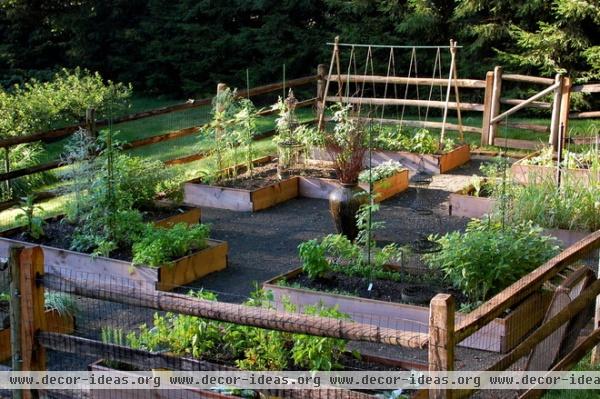
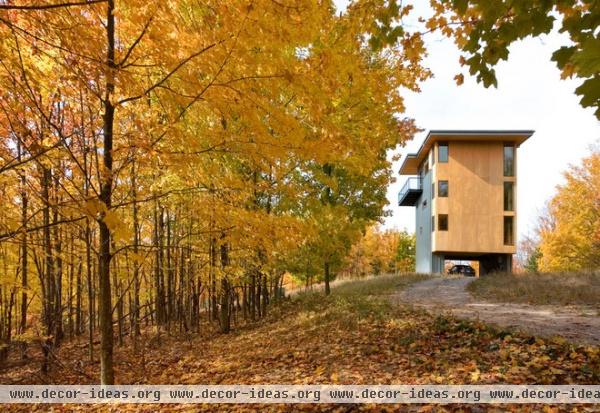
3. Make leaf mold. Leaf mold is simply wet leaves that have decomposed into a rich, black, soil-like substance that makes a perfect mulch for plants. Pile the leaves in a spot where they’re out of the way and won’t blow away. Or make large (3- or 4-foot) circles of chicken wire, 3 feet high, and pile the leaves in them. Wet the leaves as you go so they’ll rot. Turning the pile a few times during the winter will accelerate the process.
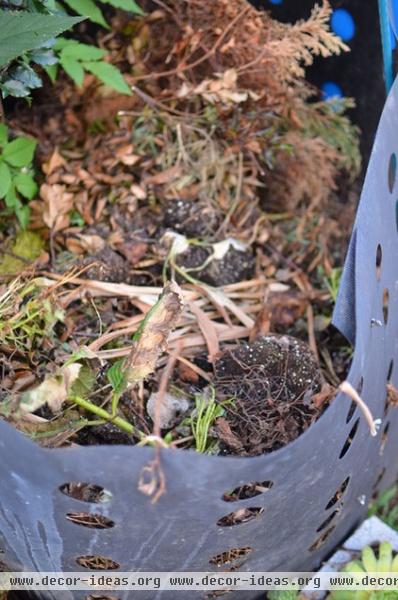
4. Mix leaves — shredded or not — into a compost pile now, where they’ll break down over winter. Even better: Stockpile dried leaves, in garbage bags or piled in that out-of-the-way place, for summer. In warm weather there’s an abundance of succulent green material (nitrogen) for your compost pile. But to keep the composting process aerobically working, and not rotting, it needs lots of “browns” (carbon), in the form of dried material.
How to start a compost pile
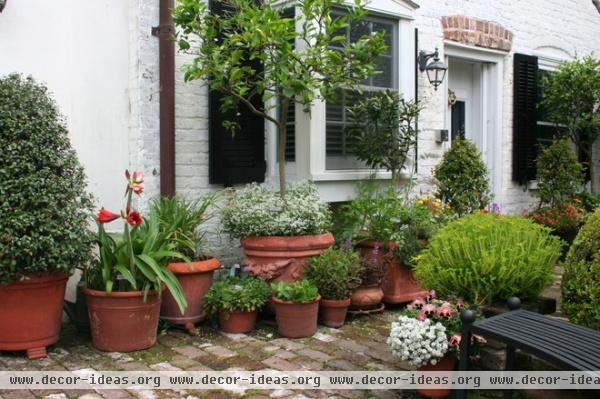
5. Protect outdoor potted plants. When the weather turns cold and potted plants (the hardy ones, not houseplants or tropicals, which must be brought indoors) go dormant, pick a sheltered place on the north, west or east side of your house. Cluster the pots together against the house, ideally beneath an overhang. Pile dried leaves over, under and between the entire grouping of pots.
If the area is windy, corral the pots with chicken wire so the leaves won’t blow away. Pile the leaves inches deep, covering the pot and as much of the plant as possible. Under this insulating blanket, both plants and pots should come through the winter just fine. With this method, even terra-cotta pots can stay outdoors, as long as water can’t get into them and freeze.
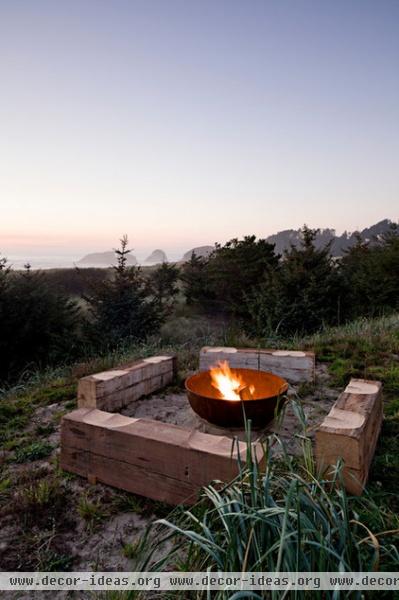
The worst thing you can do with fall leaves? Burn them. Most municipalities have banned leaf burning, and for good reason. Burning leaves pollutes the air, causes problems for people with respiratory illnesses and creates a fire hazard. Besides, as you can see, there are so many more worthwhile things to do with leaves.
More Houzz guides to fall gardening
Related Articles Recommended












